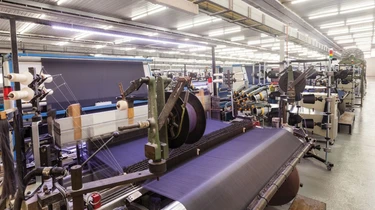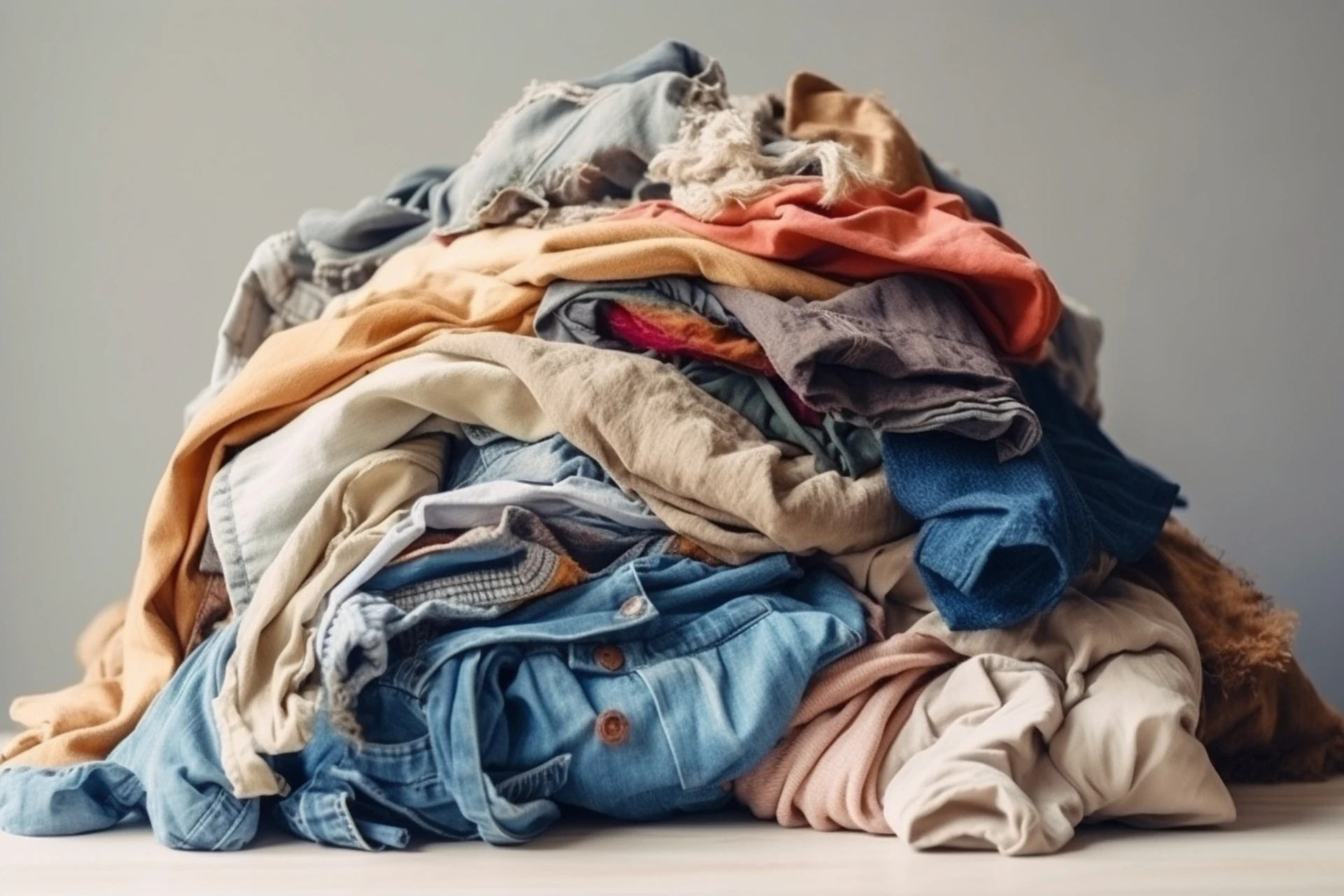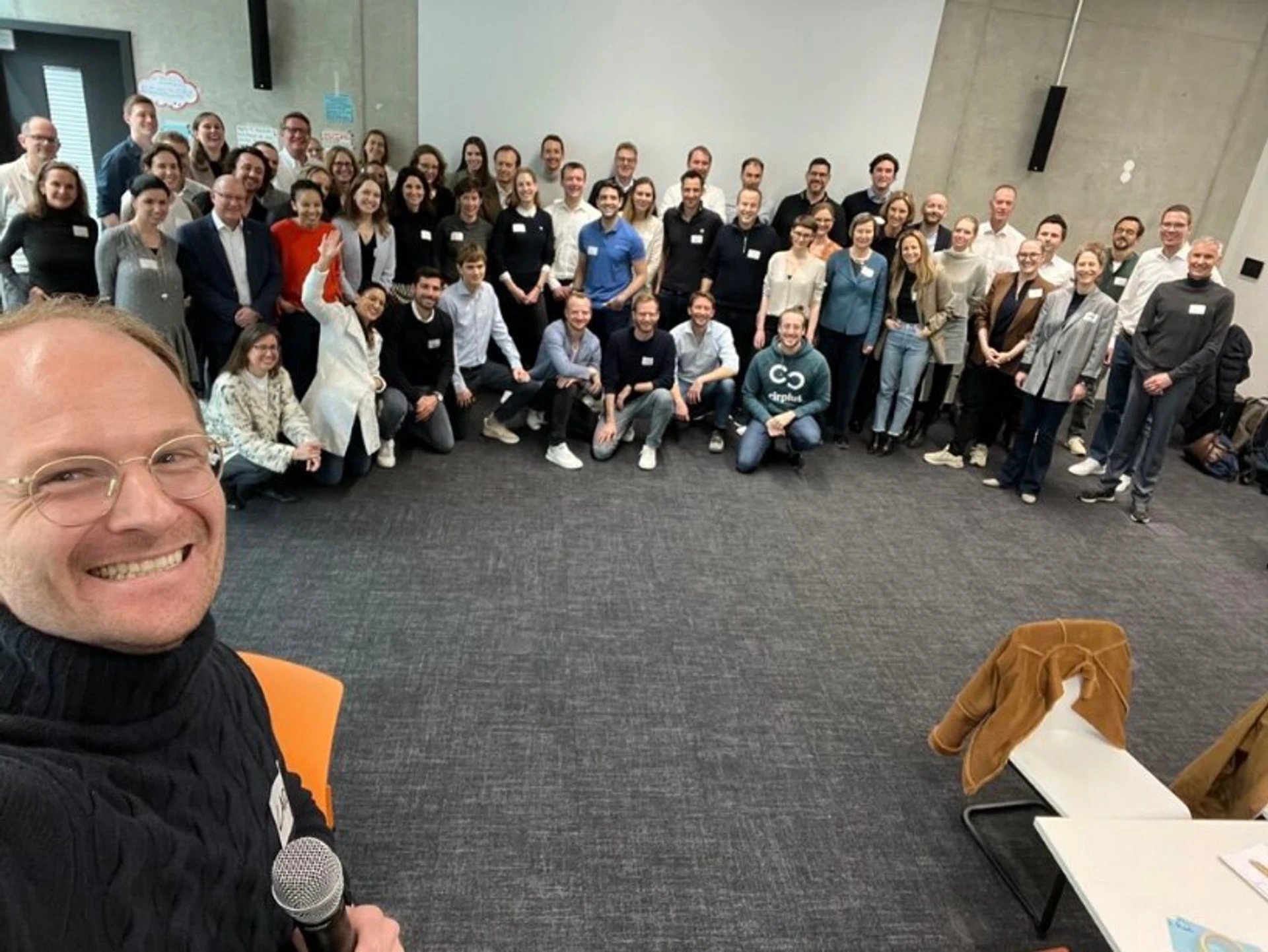A Path to Economic Sustainable Fashion: How the Circular Textile Business Model Is Reshaping the Industry

In today's era of growing environmental concerns and limited resources, the concept of circular business models has gained significant traction. Circular textile business models provide economic benefits through cost savings, extended product life cycles, and new revenue streams, while also addressing environmental concerns by conserving resources, reducing waste, and lowering the carbon footprint.
According to Carl Warkentin, founder of the Circular Textile Platform in CIRCULAR REPUBLIC, “Once it becomes clear that the circular economy makes sense, is fun and generates revenue, and is not just "nice-to-have," everyone will jump on the bandwagon”. By reimagining the entire lifecycle of textiles, these models aim to minimize waste, conserve resources, and foster a more sustainable approach to fashion.
This article is a guide to everything you need to know about Circular business models: How does it work? What are the challenges and benefits? How will it reshape the industry? And how can you join this journey toward a future where innovation and sustainability merge?
What is the Circular Business Model?
The circular business model is a departure from the traditional linear model of "take-make-dispose". It aims to create a closed-loop system where resources are used more efficiently.
In the context of textiles, this means designing products with durability and recyclability in mind, as well as ensuring that materials can be recovered and reused at the end of their lifecycle. The circular model encompasses various stages, including designing, sourcing, manufacturing, distribution, usage, and end-of-life treatment.
The Challenges & Opportunities of a Dual System Business Model
The dual system business model, a notable example of circular textile models, involves designing for longevity and recyclability. It consists of two cycles: the technical cycle for repeated recycling and the biological cycle for natural materials that can safely return to the environment.
This model offers various opportunities. Companies can strengthen customer relationships and reduce replacements by creating durable and repairable products. Recycling and repurposing materials can reduce reliance on new resources, lessening the industry's environmental impact. Consumers benefit from longer-lasting products that are easily repaired or recycled, promoting sustainable consumption.
For example, Der Grüne Punkt, also known as the Green Dot, is a well-known recycling symbol and a trademark used by companies to indicate their participation in a packaging recovery and recycling system. It was introduced in Germany in 1991 and has since expanded to other countries. The Green Dot system operates through a producer responsibility model, where companies pay licensing fees based on the amount and type of packaging they place on the market. These fees fund the collection, sorting, and recycling of packaging waste. Consumers are encouraged to separate their waste and place it in designated recycling bins. The collected packaging waste is sorted and sent to recycling facilities, where it is processed and transformed into new products or materials, contributing to the circular economy.
In textile waste, France has implemented an Extended Producer Responsibility (EPR) system that specifically targets textiles. Under this system, producers of textile products are responsible for managing the entire life cycle of their products, including their collection, recycling, and appropriate disposal at the end of their useful life. The aim is to promote sustainable practices and reduce the environmental impact of textiles throughout their lifecycle. The specific details and requirements of France's EPR system for textiles may include guidelines for product labeling, collection infrastructure, recycling processes, and partnerships with relevant stakeholders in the textile industry.
Nonetheless, implementing the dual system poses challenges. Careful consideration of materials, production processes, and supply chains is necessary. However, changing consumer behavior and fashion perceptions takes time due to the deeply ingrained fast fashion and disposable culture.

How Fast Fashion impacts the environment?
Fast fashion, with its focus on speed, affordability, and the constant release of new trends, has had a profound impact on the textile industry. Unfortunately, it has led to overconsumption and fostered a throwaway mentality.
From resource-intensive production and landfill waste to pollution from dyeing processes and microfiber release, fast fashion undermines sustainable practices such as recycling and upcycling. Traditional retailers often find themselves competing with this phenomenon, potentially disadvantageous to smaller brands and artisans.
As an illustration, we can think of the Atacama Desert of Chile, where new dunes are formed not from sand, but from unsold & used clothing accumulated from around the world. These garments, which are often filled with toxins and dyes and do not biodegrade, contribute to an environmental disaster caused by the fast fashion industry.
According to EcoWatch, approximately 39.000 tons of unwanted clothes are transported to the Atacama Desert annually, where they accumulate in layers upon layers, covering the dunes and posing a significant environmental problem.
To counteract these negative effects, sustainable and ethical fashion movements promote practices such as slow fashion, fair trade, circular economy, and supply chain transparency. These movements aim to mitigate fast fashion's impact and foster a responsible textile industry.
Designing, Sorting, Connecting, and Recycling
The Four key elements of circular textile business models are designing, sorting, collecting, and recycling. These elements are interconnected and mutually reinforcing and play a crucial role in creating a sustainable and efficient system.
Designing
Designing is the foundation of circular textile business models. It means creating products with longevity and recyclability in mind. Designers play a critical role in developing innovative solutions to ensure that textiles are durable, repairable, and made from recyclable materials.
By incorporating sustainable design principles such as modular or reversible designs, designers can extend the lifespan of textiles, reduce waste, and facilitate easy recycling at the end of their life cycle. Additionally, designing for disassembly enables easy separation of different components, making recycling more efficient.
Sorting
Sorting is the next essential step in the circular textile process. It involves categorizing and separating textiles based on their composition, condition, and potential for reuse or recycling. Sorting helps identify which textiles can be directly reintroduced into the market as second-hand items or repurposed for other applications. It also enables the identification of materials suitable for recycling. Advanced technologies and artificial intelligence (AI) algorithms can aid in automated sorting, making the process faster and more accurate.
Collecting
Collecting is the third component of circular textile business models. It encompasses the retrieval of used textiles from consumers and other sources to prevent them from ending up in landfills. Collecting can take various forms, such as garment take-back programs, donation centers, or recycling bins.
Brands and retailers can incentivize consumers to return their used garments through discounts, rewards, or convenient collection points. Partnerships with non-profit organizations or textile recycling companies can facilitate the collection process. The effective collection of used textiles ensures that they can be properly sorted, repaired, and recycled, closing the loop in the textile value chain.
Recycling
Recycling plays the final role in circular textile business models by transforming discarded textiles into valuable resources. It includes processes such as mechanical recycling, chemical recycling, and upcycling.
Mechanical recycling involves shredding and reprocessing textiles into new fibers or yarns. This process is suitable for textiles made of a single material, such as cotton or polyester.
Chemical recycling, on the other hand, breaks down textiles into their chemical components, which can be used to produce new fibers or other materials. This method is particularly useful for blended textiles or those containing difficult-to-recycle materials.
Upcycling comprises transforming textiles into higher-value products without breaking them down completely. It allows for the creative reuse of textile waste, resulting in unique and desirable products.
The Four Elements
These elements work together to create a sustainable and efficient circular textile system that minimizes waste, allows businesses to reduce expenses, and conserves resources. This decreases the demand for virgin resources but also minimizes the environmental impact associated with textile production. It also contributes to the development of a circular economy by keeping materials in use and preventing them from becoming waste.
Despite the numerous benefits, the implementation of circular textile business models poses its own set of challenges. In order to gain a better understanding of the existing gaps, Carl Warkentin from Circular Republics has taken the initiative on various pilot projects on the circular future of the textile industry.

CIRCULAR REPUBLIC Collaboration and Circular Textile Initiatives
CIRCULAR REPUBLIC's Carl Warkentin has recently joined forces with various stakeholders in the textile industry to tackle the significant challenges posed by textile waste. He conducted a workshop with 70 participants from the textile industry where they focused on challenges like overproduction, low-quality textiles, and failed circular designs.
Together, they have identified crucial areas that require attention, including Design for Recycling, Design for Reuse and Repair, implementing guidelines for a digital product passport for textiles, the expansion of collection and sorting capabilities, the establishment of circular business models, and the advancement of sorting and recycling technologies.
This dedicated group is actively engaged in a pilot project aimed at driving the adoption of circular practices. If you are interested in learning more about this initiative, get in touch with us at circularrepublic@unternehmertum.de for comprehensive details.
Join us as we start on a journey towards a circular textile future, where sustainability and innovation merge to reshape the industry. Circular textile business models offer cost savings through recycling and upcycling materials, reducing expenses, and sourcing needs. They also promote extended product life cycles, increasing customer satisfaction and reducing the frequency of replacements, leading to long-term cost savings.
Additionally, adopting circular models creates new revenue streams through services like repair, remanufacturing, and rentals, generating additional income while minimizing waste. Let's make circularity the new norm!
Stay connected with CIRCULAR REPUBLIC for more updates and exciting developments in the realm of circular textile business models.
Get in touch with us
If you are interested in more in-depth discussions about this project or other CIRCULAR REPUBLIC projects, we would be happy to hear from you.

Carl Warkentin
Founder Circular Textile Platform